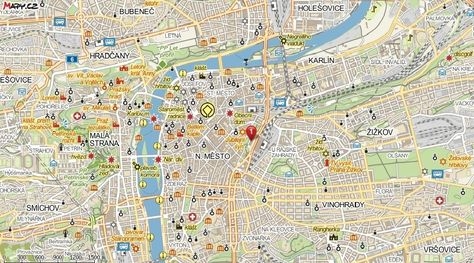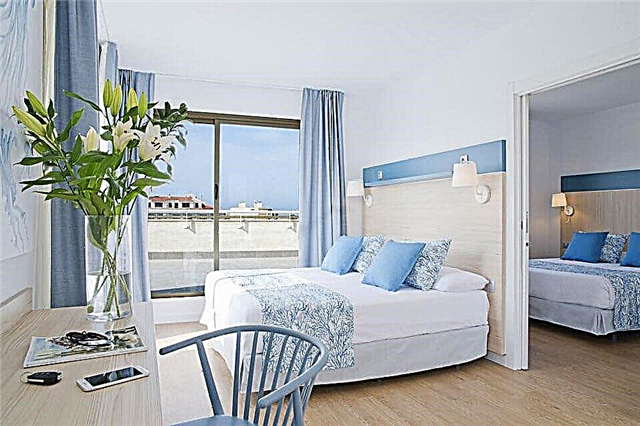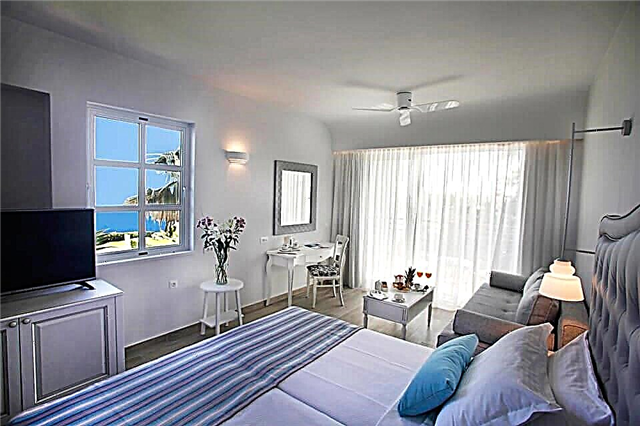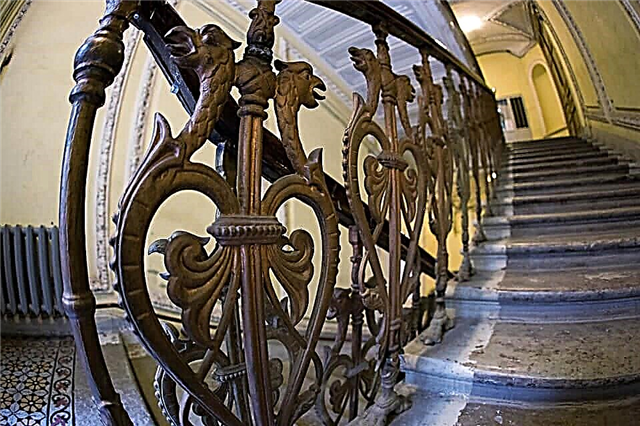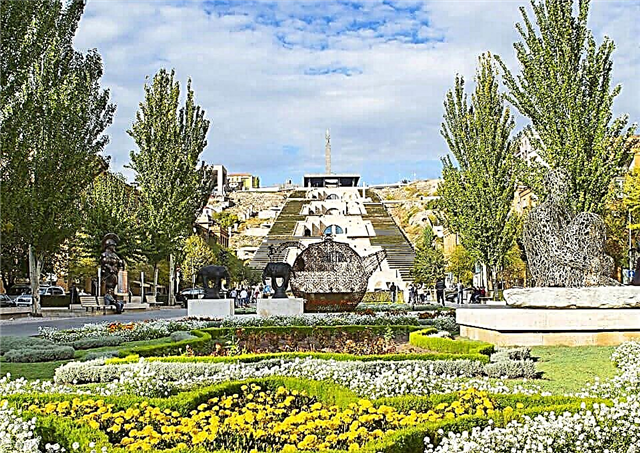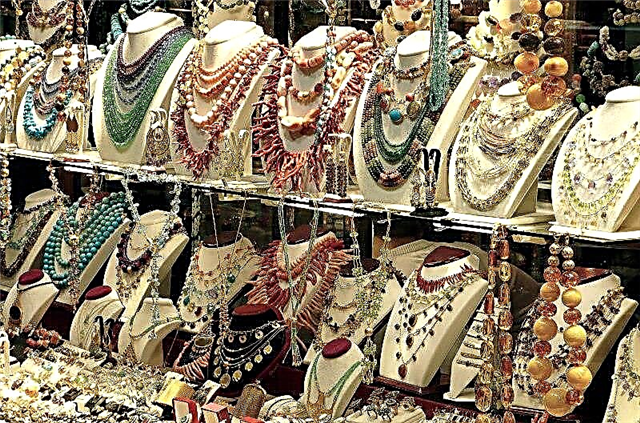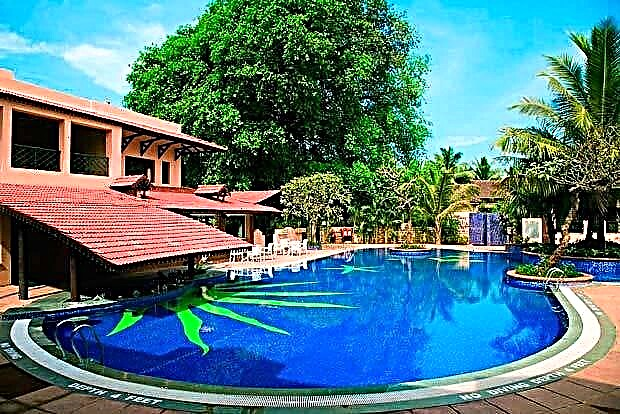Bolivia is one of the most exotic countries of the South American continent, guaranteeing travelers a lot of the most exciting and unusual experiences.
Content:
List of landmarks in Bolivia
There is everything that tourists from other continents dream of seeing - the most unique flora, amazing fauna, a huge number of interesting sights, ancient cultural and religious traditions. They return from a trip to Bolivia with extremely positive emotions and impressions that most would like to experience again.

Copacabana Cathedral
General information about the country
Bolivia, a country with thousands of years of history, got its name from Simon Bolivar, national hero, legendary liberator, leader of the War of Independence, who later became the first president of the republic.
The official capital is Sucre, the actual capital is La Paz. The largest Bolivian cities: La Paz, El Alto, Santa Cruz de la Sierra, Cochabamba. In terms of area, the country is in 27th place after Ethiopia (just over 1 million sq. Km).
The population of this country is about 10 million people, more than half of them are Indians, another third are mestizos born from the marriages of Indians and Europeans. About 60% of the population is Catholic, but far from the cities (in the countryside), great importance is still attached to the ancient culture and traditions of the indigenous population. Here, the customs left over from the ancient civilizations of America are very carefully guarded. Adherence to traditions is immediately noticeable even in the style of clothing of indigenous Bolivians.
Bolivia has three official languages: in addition to the main Spanish, Quechua and Aymara.

Lake Titicaca
Geography and climate of Bolivia
You need to search for this country on the world map in the central part of the South American continent between Peru, Brazil, Chile and Paraguay. Because of this location, Bolivia is often referred to as the heart of South America.
Its entire western side is occupied by the high mountain ranges of the Andes, on the territory of the country there are several of the highest peaks of this mountain system: Ankohuma (6550 m), Illampu (6485 m), Illimani (6462 m). The rest of Bolivia is lowland with large areas of tropical forests, the Amazonian plains and the Chaco valleys, washed by numerous rivers (tributaries of the Amazon River and the Paraguay River). Plus several fairly large lakes, the largest and most famous of which is Titicaca. The landlocked country prompted the government of Bolivia to sign a 99-year lease of coastal land with Peru in 2010 to gain access to the Pacific Ocean and build a port there. By the way, the exit to the Atlantic Ocean of Bolivia is opened by the river. Paraguay.
As for the climate, Bolivia has a fairly large variety of its species. Moreover, the air temperature here depends, by no means, on the location of a particular region, but on its landscape and height above sea level.

Puma Punk
Therefore, it is not surprising that high in the mountains there is eternal snow and the year-round temperature is in the range of 5-10 degrees (sharply continental climate), and on the flat terrain you can enjoy the warmth all year round (tropical, subequatorial climate). The average annual temperature in the lowland areas of the country is 20-25 degrees.
The seasons in Bolivia, due to its proximity to the equator, differ very little, the temperature difference between summer and winter is no more than 10 degrees... The rainy season in a large part of the country is October-March, from April to September it is dry. The most comfortable months for traveling to Bolivia are from May to October. Tourist influx in the country occurs in August.
Tourist Bolivia
While Bolivia cannot be called one of the most popular tourist destinations, on the contrary, of all Latin American countries, it is considered the more backward economically and there is the most isolated of them, but who knows ...

Parinacota volcano
The desire to see with your own eyes the mysterious country of the Incas and plunge into the atmosphere created by their cultural heritage, to get acquainted with the colorful local population - the modern Aymara and Quechua Indians, their unusual culture, way of life and customs ... Bolivia is famous for its numerous Indian festivals and carnivals, the most popular of which are the carnivals in Copacabana and Oruro.
The desire to capture in memory the majestic and amazingly picturesque landscapes of the Andes, Bolivian canyons, rocks, glaciers, ice caves and volcanoes, to look at the Arcoiris waterfall in the Noel-Kempf-Mercado National Park, the Dinosaur-Mark valley with dinosaur footprints and fossilized remains of plants and animals, Lake Titicaca and many other noteworthy places in Bolivia ... By the way, Bolivia ranks 6th in the world for the number of different species of birds, 8 for the number of reptile species, 10 for mammals.
Desire to get acquainted with the architectural monuments of the colonial era of Spain, of which there are many. Or sights, the appearance of which is associated with the pre-Columbian era and the ancient civilization of the Incas ...
All this attracts more and more tourists to Bolivia every year. And the Bolivian government in recent decades has begun to show just a huge interest in the development of the tourism industry in the country.

Church of Saint Philip Neri
The list of the most significant attractions of Bolivia, which attracts and never ceases to amaze even the most sophisticated travelers, includes: the already mentioned Lake Titicaca - the highest of the navigable lakes in the world (at its bottom there is an Indian temple); the highest capital in the world - Sucre; the world's largest salt marsh Uyuni - a dried-up salt lake, which has become a huge natural mirror and has unique hotels with an interior made of salt on its banks; the famous Death Road - the most dangerous in the world and much more.
On the territory of the state there are 6 World Heritage Sites included in the special UNESCO List. It is the historic center of Bolivia Sucre and the center of Potosi silver production; the Jesuit missions of Chiquitos (missionary settlements of the 17th and 18th centuries); Noel-Kempff-Mercado National Park; archaeological parks El Fuerte, Tiahuanaco. Bolivia's main cities - Sucre, La Paz - excellently preserved examples of Spanish colonial buildings.
The list goes on, because Bolivia is actually an amazing country that never ceases to amaze.
What else is interesting in Bolivia?
As in any country with a long history and ancient culture, there is still a lot of interesting things in Bolivia. It will not work to read about everything in one material (as well as to learn in one trip). But, perhaps, it will be important for those who are almost on their suitcases to learn something about Bolivian cuisine.

Statue of Jesus Christ Cristo de la Concordia in Cochabamba
Bolivian cuisine includes an incredible amount of traditional Indian dishes, keeping the recipes and methods of preparation of many of them almost unchanged. Most of the dishes are based on three main components - different types of meat, potatoes, corn. And although meat, of course, dominates, fish (river and lake) are quite common. The most common cooking method is grilling or frying with a lot of oil. Local sauces are very popular - the most varied, but almost always spicy!
Traditional alcoholic drinks - Chicha corn vodka, Singani grape liqueur, local beer (Pasenya, El Inca, Huari).From non-alcoholic - mate tea, but not ordinary, but very specific - infused with coca leaves.
By the way, if we have already remembered coca ... An interesting fact that causes a lot of controversy is that the use of coca leaves in Bolivia is part of its culture: despite the ban on this plant in European countries as a narcotic substance, in this country it continues to be used as a tonic. Coca leaves are infused, teas made, chewed, used as a seasoning, etc.

Church of San Francisco in La Paz
In Bolivia, you can safely dine in street eateries - cooking takes place in quite acceptable conditions. In addition, there are high-class restaurants in all major cities (the standard 10% of the bill is left for tea here). But "McDonald's" in the country did not take root, you can not look for them.
This is how it is - an unusual, mysterious, exotic and very attractive country of Bolivia. An unforgettable experience guaranteed!

